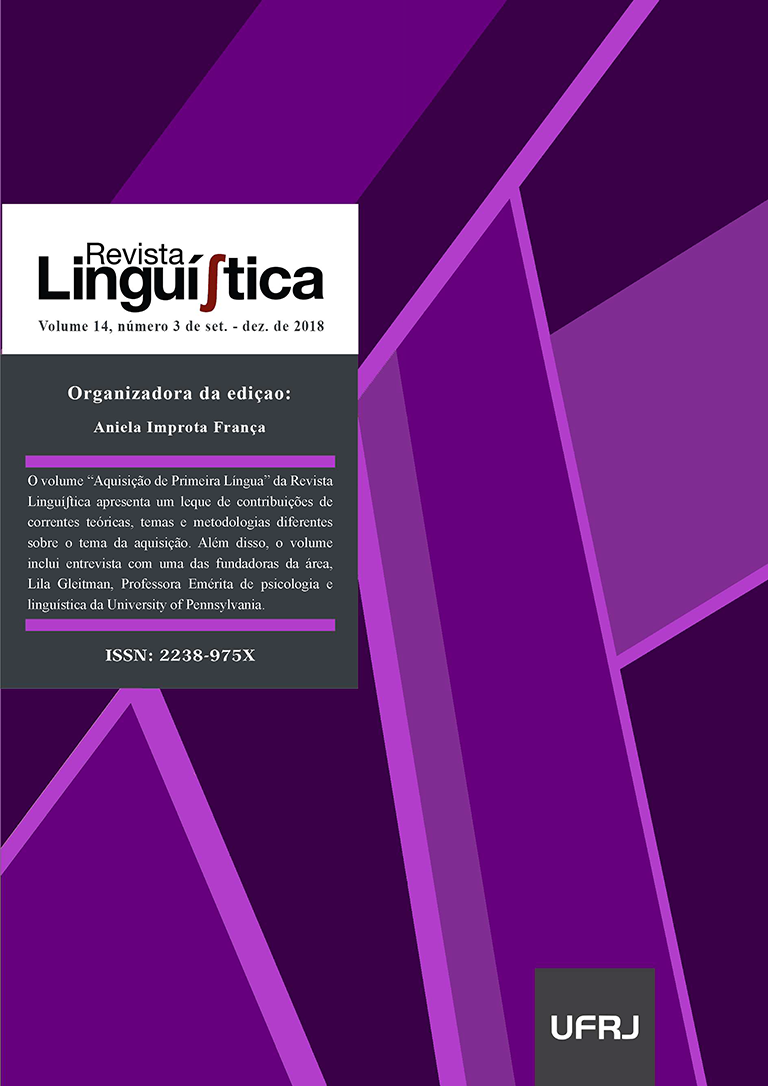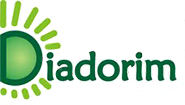"Look up!" Using easy words to explain how we learn hard words and other aspects of language, an interview with Lila Gleitman
DOI:
https://doi.org/10.31513/linguistica.2018.v14n3a22643Palavras-chave:
Entrevista.Resumo
Lila Gleitman is undoubtedly one of the world’s foremost experts on language acquisition and developmental psycholinguistics. Starting in the 60s, she rose to prominence by bringing experimental methods from psychology to bear on the questions raised by linguistics and philosophers of language, namely how children could learn the rules of a language when there is so much ambiguity both in the language and in the world surrounding them. She has done much work in this vein, focusing both on how children learn words that refer to abstract concepts such as think or believe, as well as how they acquire concepts when they lack certain inputs, such as in the case of blind or deaf children. Though her contributions and collaborations span many questions and problems in language acquisition, she is perhaps best known for proposing and showing that, from an early age, children are capable of using syntactic cues to learn the meaning of words, particularly verbs (especially those she describes as “hard words” because they are difficult or impossible to observe, like think). Through this process, termed syntactic bootstrapping, young children would be able rely on the linguistic context in which the words appear to discover aspects of the meanings of words that they don’t know yet (e.g., Landau & Gleitman, 1985; Gleitman, 1990; Gleitman, Cassidy, Nappa, Papafragou, & Trueswell, 2005). More specifically, Lila and her collaborators proposed that syntax could serve as a “zoom lens” allowing language learners to figure out which part of the world is being talked about, which would then help them identify candidate meanings for novel words (e.g., Fisher, Hall, Rakowitz, & Gleitman, 1994).
---
DOI: http://dx.doi.org/10.31513/linguistica.2018.v14n3a22643
Downloads
Downloads
Publicado
Edição
Seção
Licença
Autores que publicam na Revista Linguí∫tica concordam com os seguintes termos:
Os autores mantêm os direitos e cedem à revista o direito à primeira publicação, simultaneamente submetido a uma licença Creative Commons que permite o compartilhamento por terceiros com a devida menção ao autor e à primeira publicação pela Revista Linguí∫tica.
Os autores podem entrar em acordos contratuais adicionais e separados para a distribuição não exclusiva da versão publicada da obra (por exemplo, postá-la em um repositório institucional ou publicá-la em um livro), com o reconhecimento de sua publicação inicial na Revista Linguí∫tica.

A Revista Linguí∫tica é uma revista do Programa de Pós-Graduação em Linguística da UFRJ e se utiliza da Licença Creative Commons - Atribuição-NãoComercial 4.0 Internacional (CC-BY-NC)









